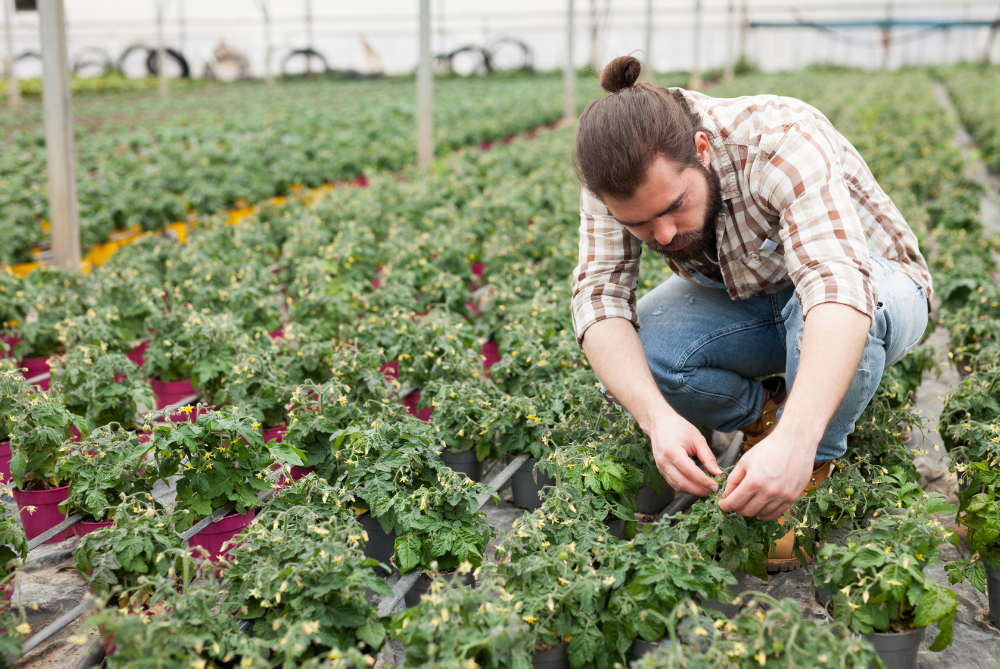
The more information you can collect about the plants you raise on a farm, the better prepared you will be to make choices concerning what kind of inputs to provide. How much and what kind of fertilizer would be best under these circumstances? What about nutritional additives?
Agriculture scientists are now starting to work with a novel technology to support plant health. They are performing plant sap analysis in a way that gives them more information as compared to using the usual approach, collecting plant tissue samples.
In the traditional way, you take a tissue sample from the plant in question, which will show you details such as nutrient levels in the leaf, or how much nutrients have accumulated. But with sap analysis, you are getting samples of sap from the plant��s phloem and xylem. Observers are calling it a blood test for plants.
Industry experts say this new method to analyze sap is much better. Growing Produce noted that ��In simple terms, where traditional tissue samples provide a snapshot of the right now in the plant, sap analysis can peek into the inventory of nutrients and provide a forward look at where nutritional elements will be in the days and weeks ahead �� four to six weeks in some cases.��
A technician takes a soil sample (to get an inventory of available nutrients in the earth where the crops are growing). Then it��s a matter of gather young and mature leaves to pull plant tissue for sap analysis. Harvesting the leaves for testing must be done between sunrise until about 10 a.m., when the plants�� vascular systems start to respond to sunlight.
A technician collects about 80 grams of leaf material, puts it in cold storage and sends it to a lab for analysis.
A strawberry farmer named Dustin Groves of Fancy Farms in Plant City, Florida has a history of using grid soil sampling to come up with variable rates when applying fertilizer to the fields.�
Groves told Growing Produce that ��We are learning a lot through sap analysis about nutrients, timing of applications, and what the crop needs.�� He added that farmers can save a lot of money with this process, by ��giving the plant only what it needs and not buying a fertilizer and applying it just because that��s what you have always done.��
Reading the ��sappy stories�� that scientists can reveal with plant sap analysis will help farmers understand their crops better and position them to fine-tune the levels of key inputs like nutrients and fertilizer. Having more knowledge about the state of their plants will give them a competitive edge over farmers that don��t avail themselves of such technology.
Technology in agriculture is always advancing as farmers are continuously finding ways to improve production. If you��ve been thinking of adding farmland to your investment portfolio, knowing about advances in technology like sap analysis can be quite interesting and may even assist in your selection of farmland investments.
Learn more about the different aspects of Farmland Investing with this complimentary guide to investing in farmland.
You can also access available farmland investment opportunities, here.
��